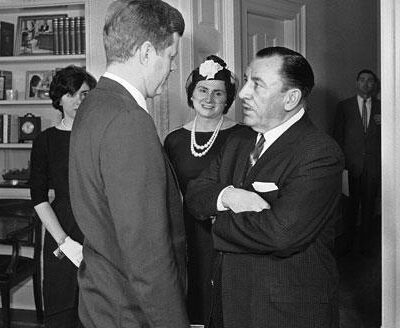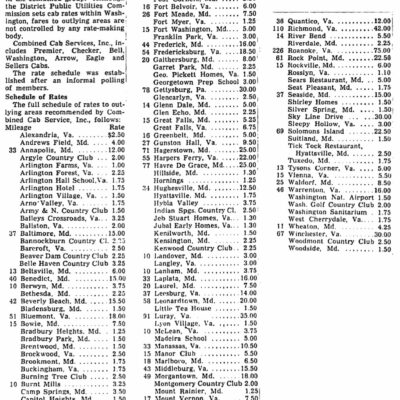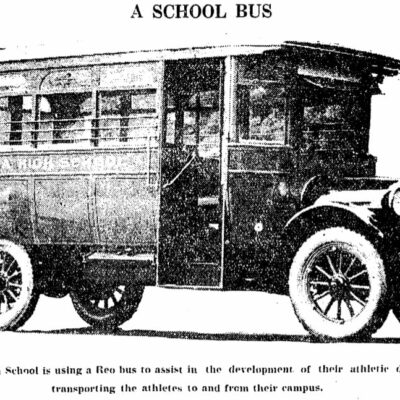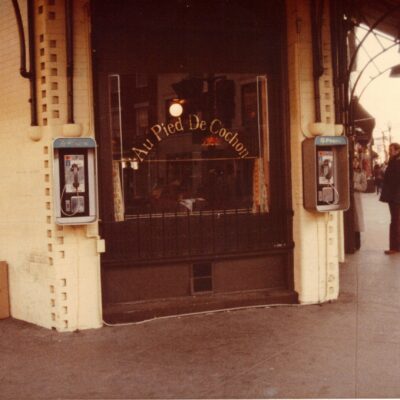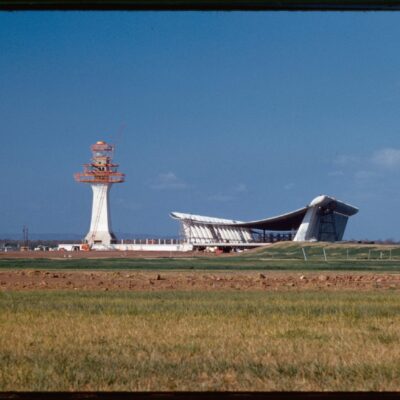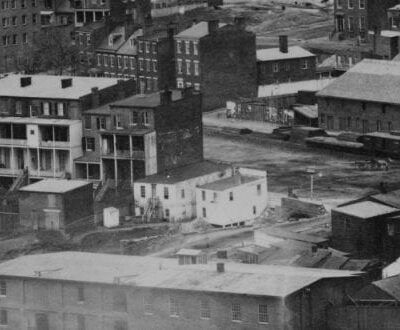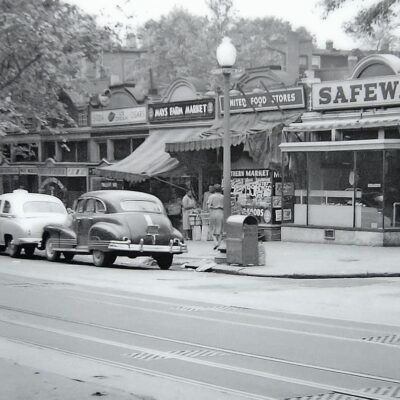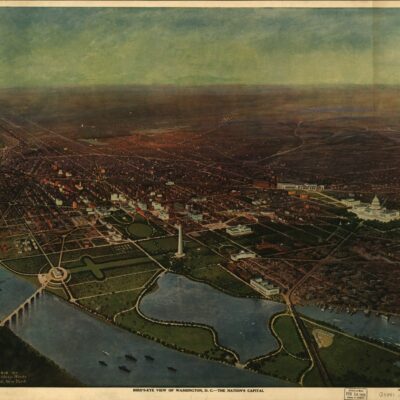
The Internet connection in the Ghosts of DC house is sucky.
We have Verizon DSL and we are patiently awaiting the arrival of FIOS (what is taking so damn long?). While I was waiting for the latest high resolution image to download, I wondered when DSL first arrived in the area.
It made me a little depressed when I uncovered an article touting the benefits of the new technology that would bring “super fast” Internet into homes in the Washington area. I’m depressed because the article was from February 22nd, 1996. I am using technology that was cool during Clinton‘s first term to connect to the Internet. That’s ridiculous.
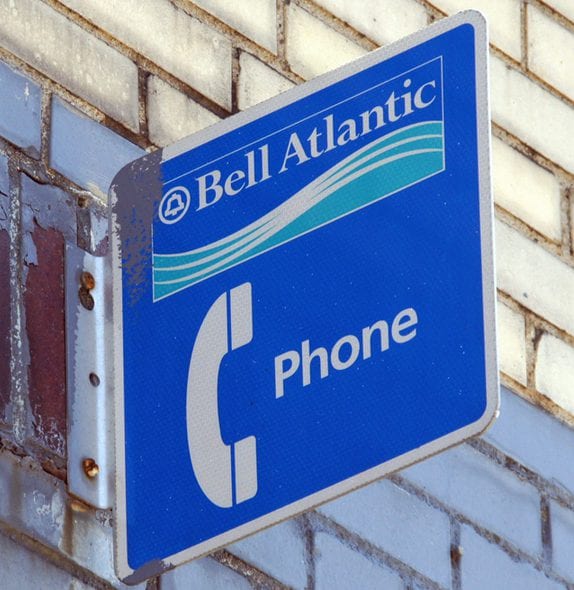
If you’re a technophile, you’re going to find this Washington Post article amusing. By the way, for you younger GoDCers, Bell Atlantic would eventually become Verizon (a portmanteau of vertical and horizon).
Bell Atlantic Corp. is turning back to its roots — those skinny old copper phone lines running into your house — in a battle against the cable television industry to provide ultra-fast access to the Internet.
The Washington area’s local telephone company is rapidly embracing a new technology that relies on copper phone lines instead of expensive fiber-optic cables to solve the problem of waiting minutes to download a large file or video clip from the World Wide Web.
Bell Atlantic officials said yesterday they will launch a technical trial providing this kind of Internet access — called asymmetrical digital subscriber line, or ADSL — to about 100 users in Northern Virginia in April, followed by a market trial to 500 households in July. If those succeed, consumers may be able to get the service as soon as a year from now, according to chief technology officer John Seazholtz. That would make Bell Atlantic among the first to market ADSL.
…
ADSL is fast and, unlike fiber optics, relatively easy and inexpensive to upgrade inside phone switches and homes. It works by squeezing large amounts of computer information through phone lines at rates starting at 1.5 megabits per second — about 52 times faster than today’s 28.8-kilobit computer modems. Potentially, ADSL can work as fast as 8 to 10 megabits per second, which is more than enough to simultaneously talk on the phone, watch a movie and switch frequently to a live ballgame.
…
Seazholtz said the price would be “less than $30 to $35 a month,” the price often quoted by cable operators for cable modem service.
Ugh, now I’m even more depressed. Today, in 2013, I’m not getting 8 to 10 megabits per second and I’m paying far more than $35 per month (ok, yes, I understand inflation).
Also, where’s my flying car?
Oh, you might also find this old post about the history of email interesting.

